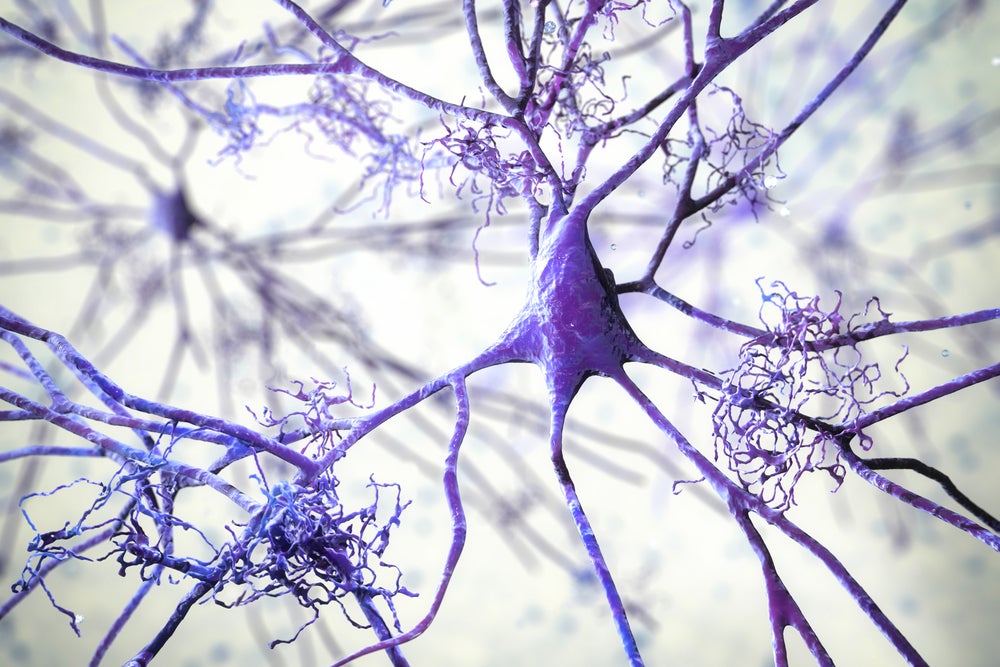Telemedicine remains the leading decentralisation approach in clinical trials in Q2 of this year. The continued rise of telemedicine as a decentralisation element was first reported in the Q1 2022 decentralised clinical trial (DCT) tracker update. After telemedicine, the most frequently used form of decentralisation is remote monitoring (using sensors, devices or trackers) followed by digital data collection.
Up until the end of Q2 2022, almost 50% of DCTs were phase II trials. An increase in adoption of decentralisation in phase II trials is another consistent trend that has been observed in the last five years.
Clinical Trials Arena has established an exclusive taxonomic approach involving the review of thousands of drug trial public records to categorise different decentralised elements. To the best of our knowledge, this is the first in-depth analysis of DCT adoption across therapy areas based on publicly available information.
We analysed 12 years of data on DCTs across the globe, based on clinical registry protocols, research papers, and press releases, as curated in the Clinical Trials Database by GlobalData, the parent company of Clinical Trials Arena. Our DCT tracker provides unique insights on adoption trends across multiple trial characteristics.
Metabolic disorders remain at the top
The top three therapy areas for DCT adoption in H1 2022 are metabolic disorders, followed by central nervous system (CNS) and genetic disorders.
See Also:
Metabolic disorders have remained the leading therapy area for DCT adoption for more than five years. This doesn’t come as a surprise as diabetes patients for example are already generating data remotely by using glucometers and smart devices, says Nico O'Kuinghttons, vice president of DCT at Huma, a healthcare technology company. “Sponsors and companies that are involved in this therapeutic area have been comfortable at collecting data remotely for quite some time,” he adds.
How well do you really know your competitors?
Access the most comprehensive Company Profiles on the market, powered by GlobalData. Save hours of research. Gain competitive edge.

Thank you!
Your download email will arrive shortly
Not ready to buy yet? Download a free sample
We are confident about the unique quality of our Company Profiles. However, we want you to make the most beneficial decision for your business, so we offer a free sample that you can download by submitting the below form
By GlobalDataGlucometers can be connected to a smartphone device allowing the data flow from the patient to the clinical team. “That's one of the reasons why I see these trials becoming more adaptive to the population which is keener to use remote tools to be able report the data through a study,” O'Kuinghttons notes.
However, the two runner-up therapy areas for DCT adoption in H1 2022 have slightly changed in comparison to 2020 and 2021, when the highest proportion of DCTs was seen in metabolic disorders, followed by genetic disorders and nutritional disorders. Similarly, the leading therapy areas for DCT adoption have also shifted compared to 2018 and 2019, when the highest rate of decentralisation was seen in metabolic disorders, followed by genetic disorders and CNS trials.
Infectious diseases will continue to boom
DCT adoption in the therapy area of infectious diseases drastically increased during the Covid-19 pandemic, supporting the notion of the pandemic acting as a DCT catalyst. The number of infectious disease trials with a decentralised approach increased by 349% from 2019 to 2020. In H1 2022, infectious disease trials still rank high in DCT adoption, being the fourth therapy area with the highest percentage of decentralised trials.
O'Kuinghttons says that infectious diseases will remain in the top five for some time. The pandemic helped pharma and biotech companies to be smarter when launching these types of studies accelerate the development of drugs.
Also, companies are directing the similar technologies used in the Covid-19 pandemic, such as mRNA, to other novel conditions. “[Companies] were able to build a strong foundation and now its spreading to other infectious diseases. I am certain we will continue to see a boom in this therapeutic area,” he says.
When also looking at relative growth, hormonal and nutritional disorders DCTs displayed a respective increase of 300% and 250% between 2019 and 2020. So far in 2022, approximately 5% of hormonal disorder trials utilise a decentralised approach, rendering hormonal disorders the fifth therapy area with the highest percentage of DCT adoption.
2022 growth projections
Based on our estimates for the entire year, the largest growth in DCT adoption vs. 2021 will likely be in the therapy area of toxicology, with an increase of 167%. It is also expected that the proportion of DCTs in the therapy areas of ear, nose & throat disorders and oncology will grow by 67% and 41% respectively.
Interested in future analyses on DCT adoption trends? Sign up to our newsletter so you won’t miss the latest updates.







